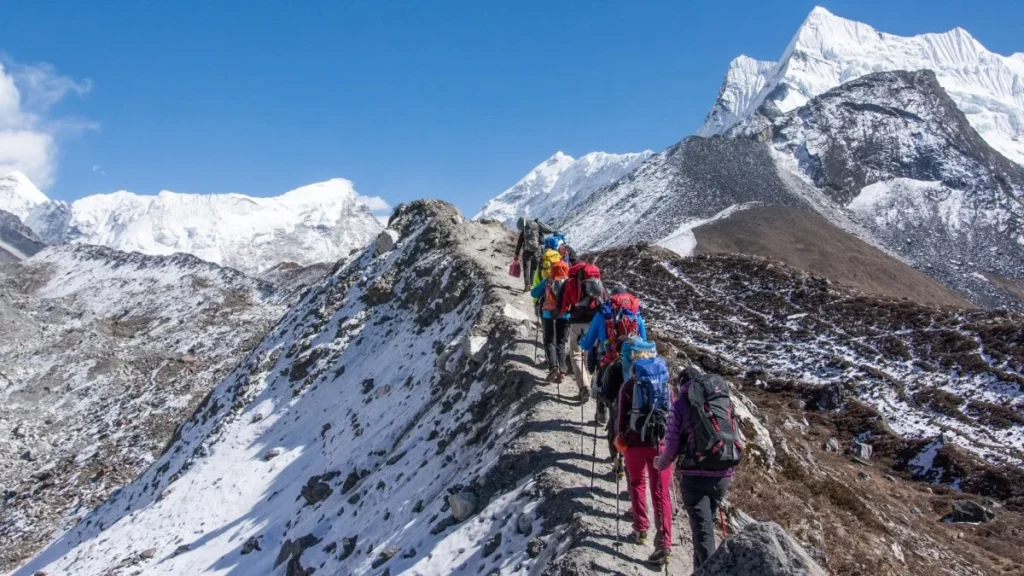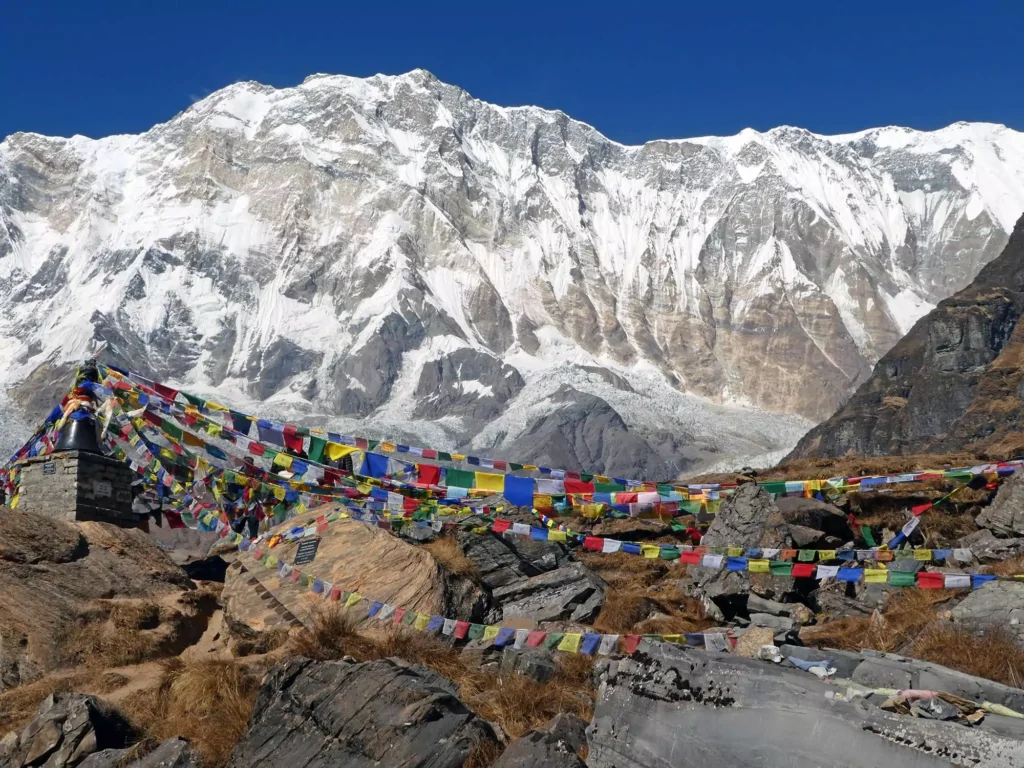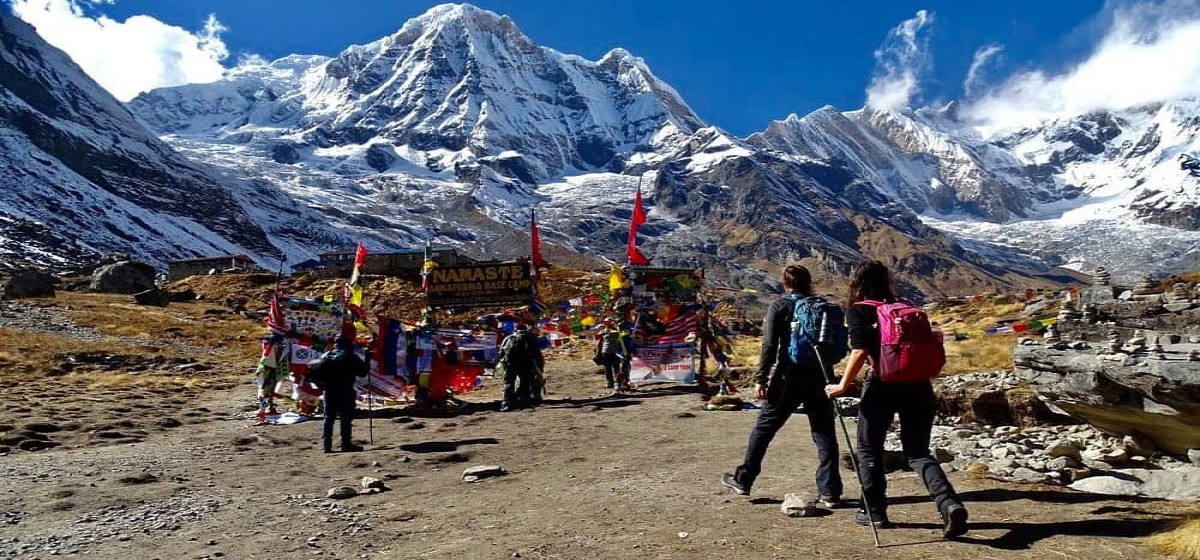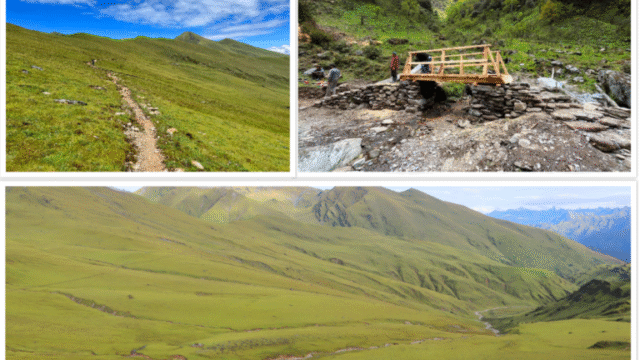The spring climbing season has officially commenced on Annapurna Mountain, located in Myagdi district of Nepal. Annapurna, standing at an impressive height of 8,091 meters, lies within the geographical boundaries of Annapurna Rural Municipality–4. According to the Nepal Mountaineering Association, a total of 32 climbers, including Nepali Sherpas and foreign mountaineers, successfully reached the summit between 8:00 AM and 11:00 AM on Monday, marking the first day of climbing for this season.
General Secretary of the Nepal Mountaineering Association, Mohan Lamsal, reported that climbers from several expedition companies achieved successful summits. Among them, nine climbers were from Seven Summit Treks, eight from Pioneer Adventure, nine from 8K Expeditions, three from Imagine Nepal, and two from Makalu Adventure. Lamsal added that favorable weather conditions on Monday, compared to other days, significantly contributed to the success of the climbers who reached the summit.
However, the climbing day was not without tragedy. Two Sherpas, Rima Sherpa and Nima Tashi Sherpa from Solukhumbu, went missing after being caught in an avalanche between Camp II and Camp III. Search operations involving helicopters and specialized rescue teams have been mobilized to locate the missing Sherpas. The remaining members of the climbing team returned safely to the base camp.

One of the climbers, Mingma Sherpa, shared his harrowing experience on social media, highlighting the dangers involved in scaling Annapurna. In his Facebook post, he wrote, “Dry conditions, numerous crevasses, and a deadly avalanche between Camp II and Camp III made it extremely difficult to survive. With determination and courage, I reached the summit and bid farewell to this beautiful mountain. Annapurna’s beauty always captivated me, but I can no longer risk my life here.”
This year, a total of 66 climbers have received permits for Annapurna climbing during the spring season. This marks a significant increase from last year, when only 25 climbers obtained permits. The Annapurna Base Camp, located at an elevation of 4,190 meters, is currently bustling with climbers, Sherpas, guides, porters, and tourists, creating a lively and energetic atmosphere.

To date, 520 individuals have successfully summited Annapurna, according to the Department of Tourism. The mountain’s climbing history dates back to 1950, when French climber Maurice Herzog became the first person to reach its summit. In honor of Herzog’s historic feat, a trekking trail connecting Narchyang to the base camp has been developed and named the “Maurice Herzog Trail.” This route follows the same path Herzog used during his pioneering ascent.
The journey to Annapurna Base Camp begins from the rural municipality center of Pokharebagar. From there, travelers embark on a 22-kilometer vehicular journey to reach Homkhola. The final stretch to the base camp requires a 21-kilometer trek on foot. Along this trekking route, tourists encounter the enchanting Futfate Waterfall, the serene Panchakunda Lake at the base camp, and awe-inspiring views of the Annapurna range, all of which have helped this area emerge as a new and popular tourist destination in recent years.

The combination of adventure, natural beauty, and cultural significance continues to draw trekkers and climbers from around the world to Annapurna. While the mountain offers unparalleled experiences and majestic views, the recent incident serves as a stark reminder of the risks associated with high-altitude mountaineering. Despite these dangers, the allure of Annapurna remains undiminished, symbolizing both challenge and beauty in the heart of the Himalayas.
As the season progresses, more climbers are expected to attempt the summit. The growing interest in Annapurna not only highlights Nepal’s mountaineering appeal but also contributes significantly to the local economy through tourism and expedition services. With the increase in visitors and successful summits, Annapurna continues to strengthen its reputation as one of the most sought-after peaks in the world.
For those seeking a journey that blends physical challenge with natural wonder, Annapurna offers an unforgettable experience. However, climbers are reminded to prioritize safety, remain well-informed about weather conditions, and rely on experienced guides and Sherpas to navigate the treacherous terrain. With continued development of trekking trails and support infrastructure, the Annapurna region is poised to further cement its status as a premier destination not only for climbers but also for trekkers and nature enthusiasts looking to explore Nepal’s Himalayan wonders.






